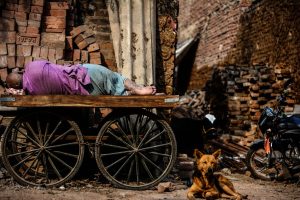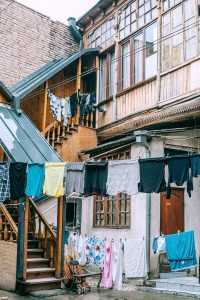We are delighted to share with you our library of resources. You can use the filter feature below to find topics most relevant to your curriculum.
Want to organise the resources you use most in one place? Register as a user to add content to your own Boards.
The Nature of Poverty
 Poverty refers to the state of being very poor and/or not having the basic things needed to live a good and healthy life. It is a key cause of much suffering across the world, with its origins being very complex.
Poverty refers to the state of being very poor and/or not having the basic things needed to live a good and healthy life. It is a key cause of much suffering across the world, with its origins being very complex.
There are generally considered to be two types of poverty...
Absolute Poverty
This refers to the absence of the basic things that are needed to survive and live a healthy life, as defined by the United Nations in 1995. This includes food, somewhere to live, clean water, health care, education, and sanitation. Someone who doesn't have these things is considered to be living in absolute poverty.
This means that poverty is defined in comparison to other people's standards of living within the same country. As it is dependent on the context, it can vary from country to country.
For example, in a rich country like the UK, many people can afford luxuries such as cars, technology, and comfortable housing. However, some people can't afford these things. They may have what they need to survive, such as clean water, somewhere to live, education, and food, but they may live in cramped conditions, with fewer options to buy luxury goods. This means that, in relation to others around them, they are living in relative poverty.
Find out about the richest and poorest countries in the world by investigating the GDP - Gross Domestic Product - of each country.
The calculation of a country's GDP is based upon the value of goods and services that have been produced, minus the value of the goods and services needed to produce them. This is then divided by the total population to reach a figure which indicates how wealthy or poor a country is.
You can find a full list of countries and their GDP ranking by clicking here.
- Any surprises?
- Can you spot any geographical patterns of poverty across the world? Where are the poorer countries? The richer ones?


